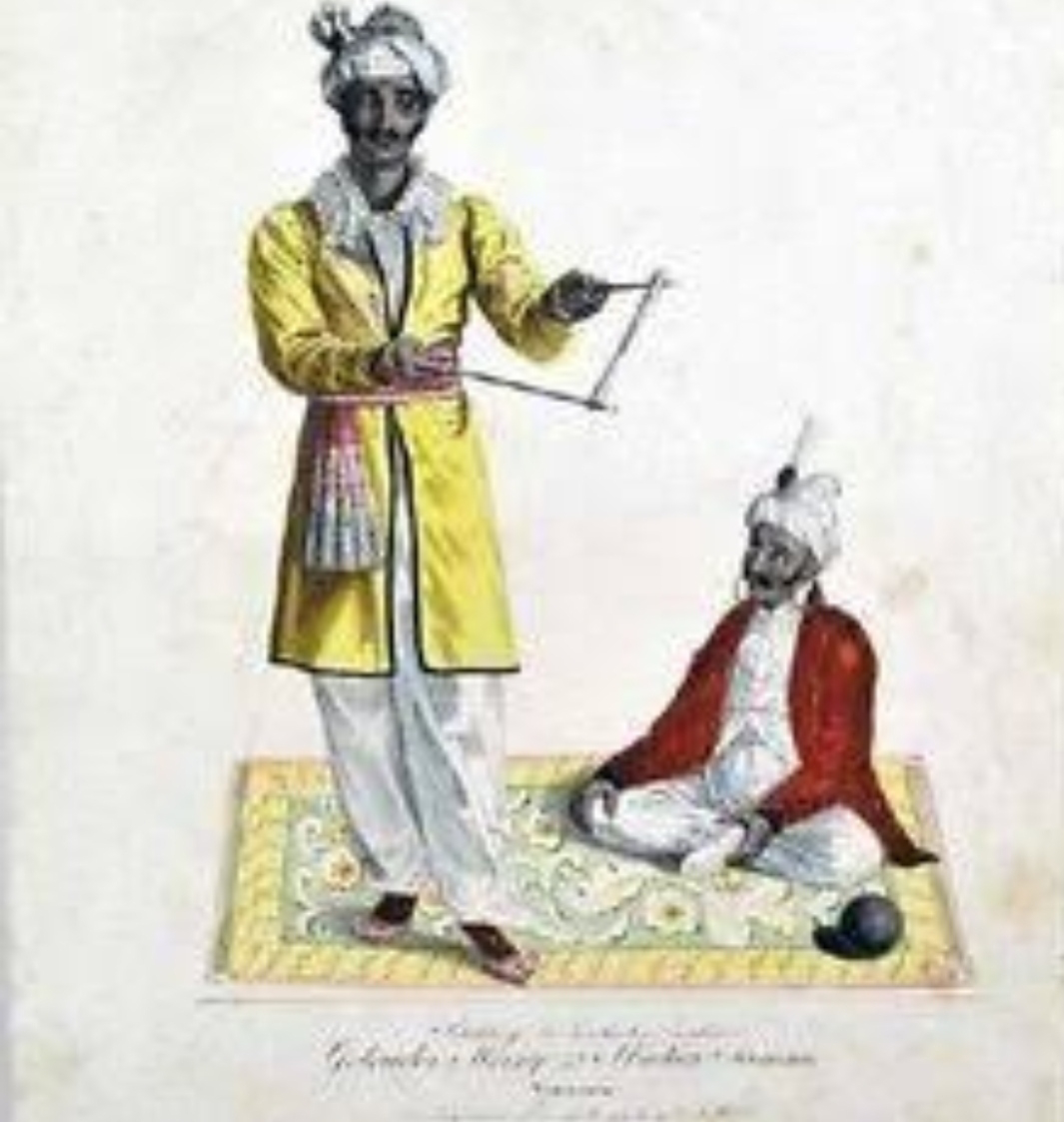Indian Jugglers by Hazlitt
William Hazlitt in his essay the Indian Jugglers talks about the stunning performance of an Indian Juggler. In this essay he praises the Juggler’s mechanical mastery, his “skill surmounting difficulty, and beauty triumphing over skill,”. Hazlitt is perplexed to see an odd and inexplicable mixture of simple and miraculous power. In the course of his act, the Juggler tosses two brass balls in the air, but then keeps four balls up, “which is what none of us could do to save our lives, nor if we were to take our whole lives to do it in.”
Jugglers are the ones who provide us with amusement with their exceptional art of handling different things simultaneously. Juggling in India is found in streets and small towns. Ramo Samee was an Indian Juggler & Magician in the 19th Century.
Man, thou art a wonderful animal, and thy ways past finding out! Thou canst do strange things; but thou turnest them to little account!
In short, "hot damn!" In fact, seeing the Indian juggler do his thing pushes Hazlitt the rhetorical equivalent of a life-crisis:
he hearing a speech in Parliament, . . . stirs me not a jot, shakes not my good opinion of myself: but the seeing the Indian Jugglers does. It makes me ashamed of myself. I ask what there is that I can do as well as this! Nothing. What have I been doing all my life!
Juggling is a difficult art, which even mathematicians have spent a lot of time attempting to understand. They have created a general formula that can be used by jugglers, but it still takes a lot of practice to master juggling.
Hazlitt’s powerful argument for the superiority of intellectual endeavour to mechanical skill takes off from his awed response to a juggling act, performed by Indian entertainers at the Olympic Theatre on the Strand. The jugglers’ skill exposes, to Hazlitt, the inadequacy of lesser performances, including his own essays.




Comments
Post a Comment